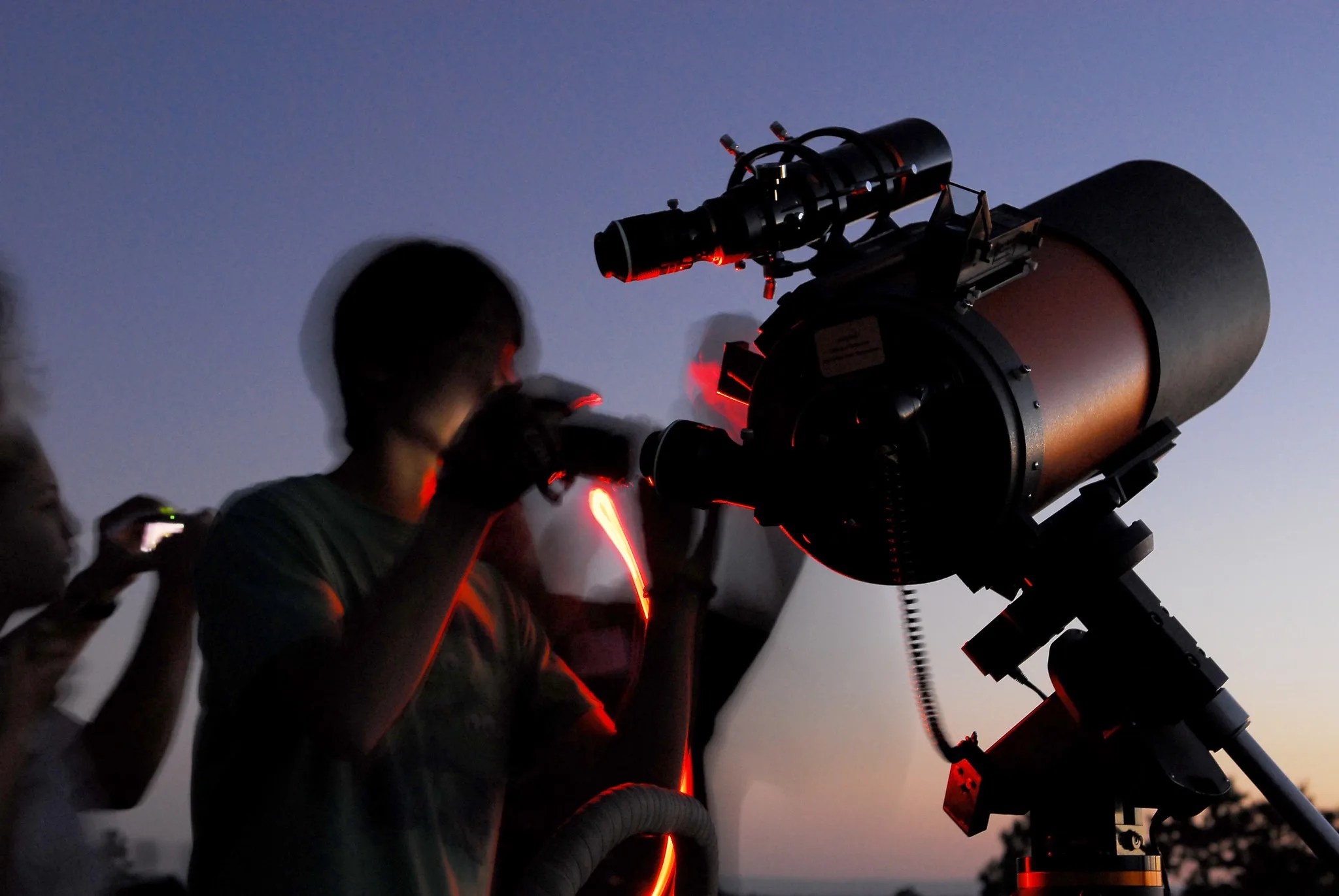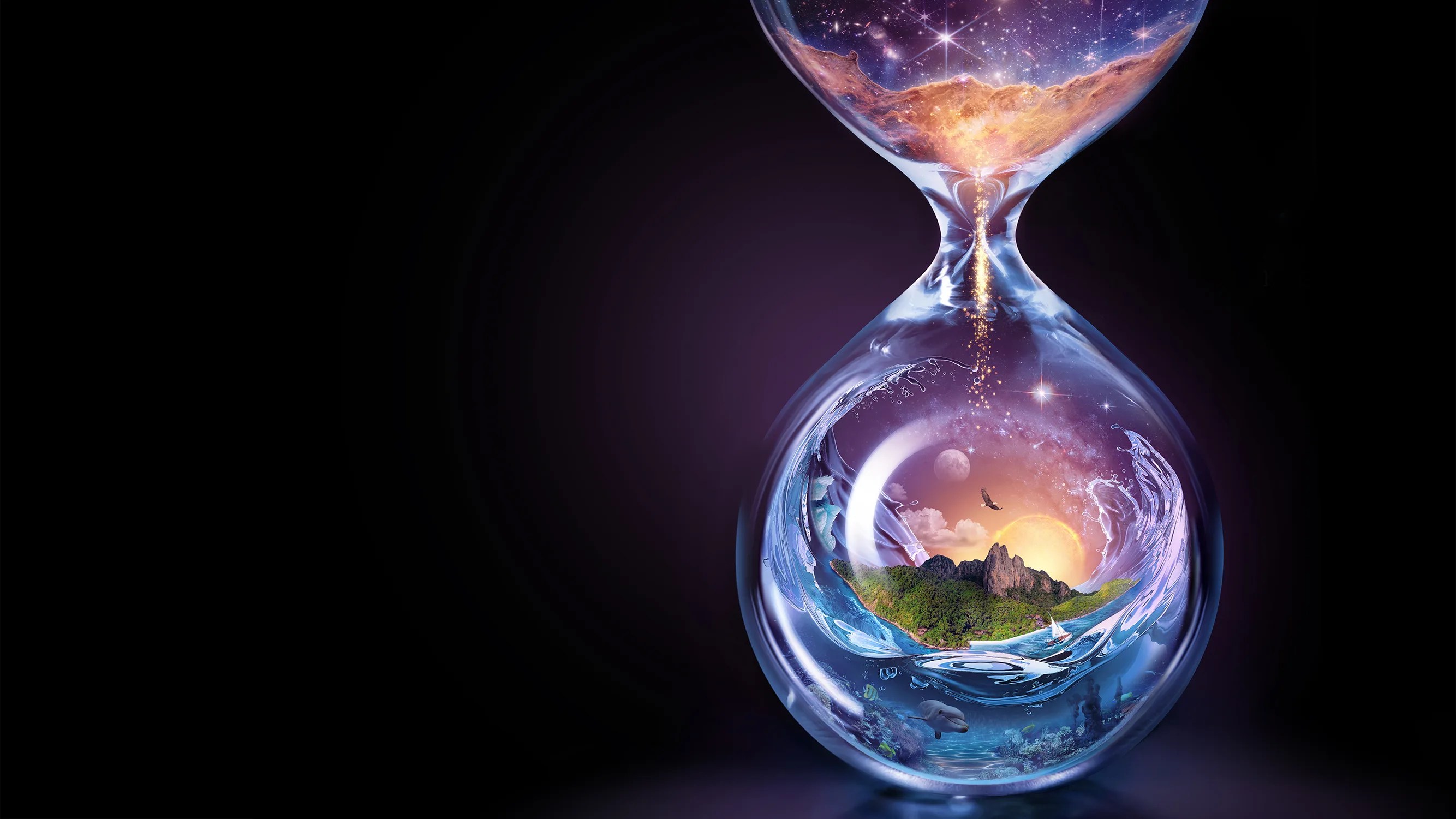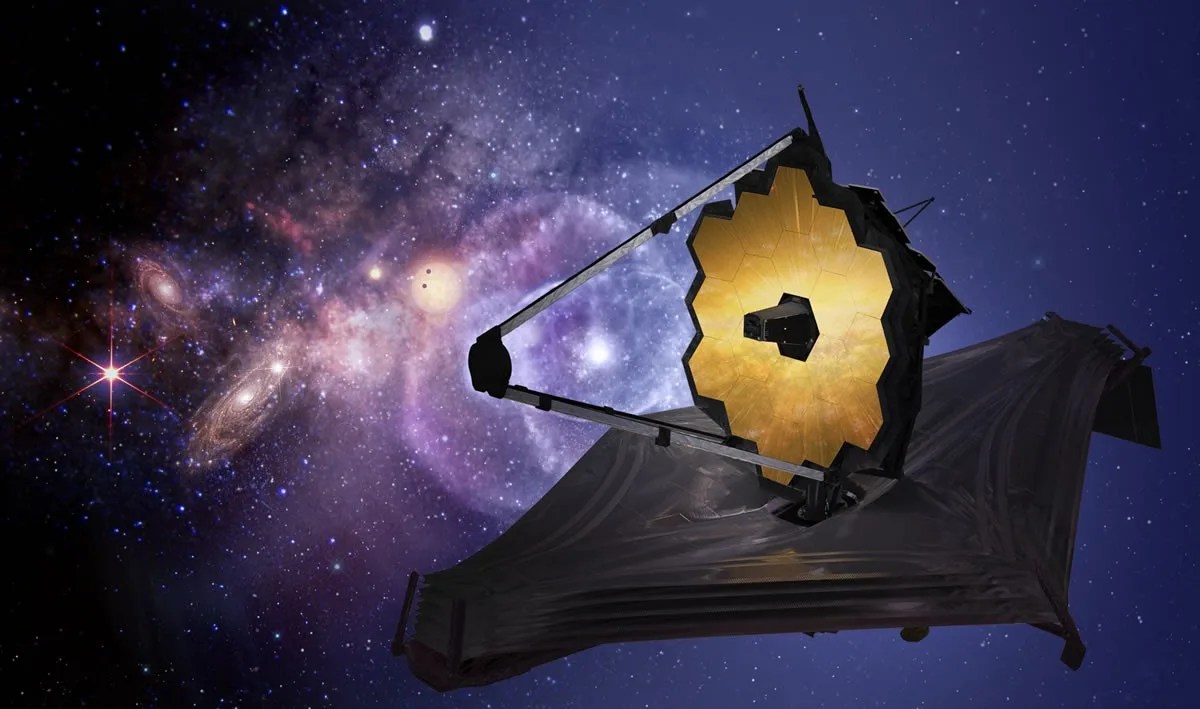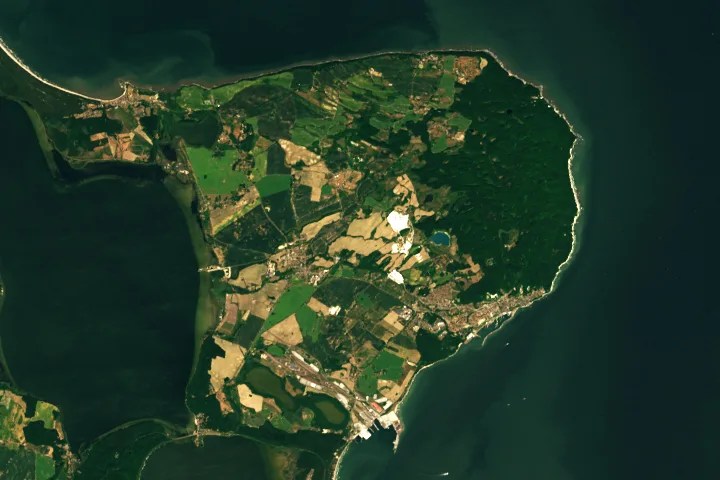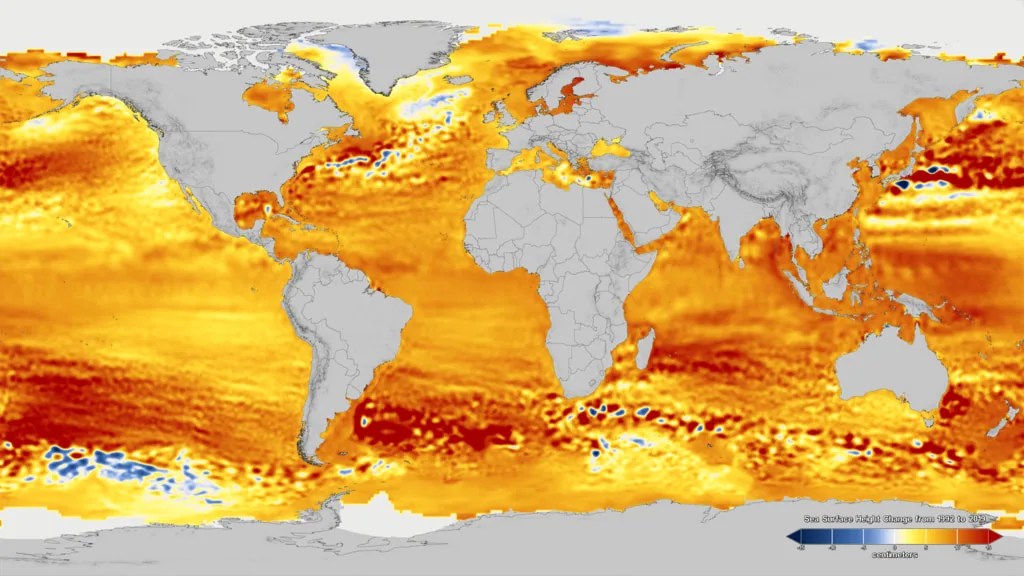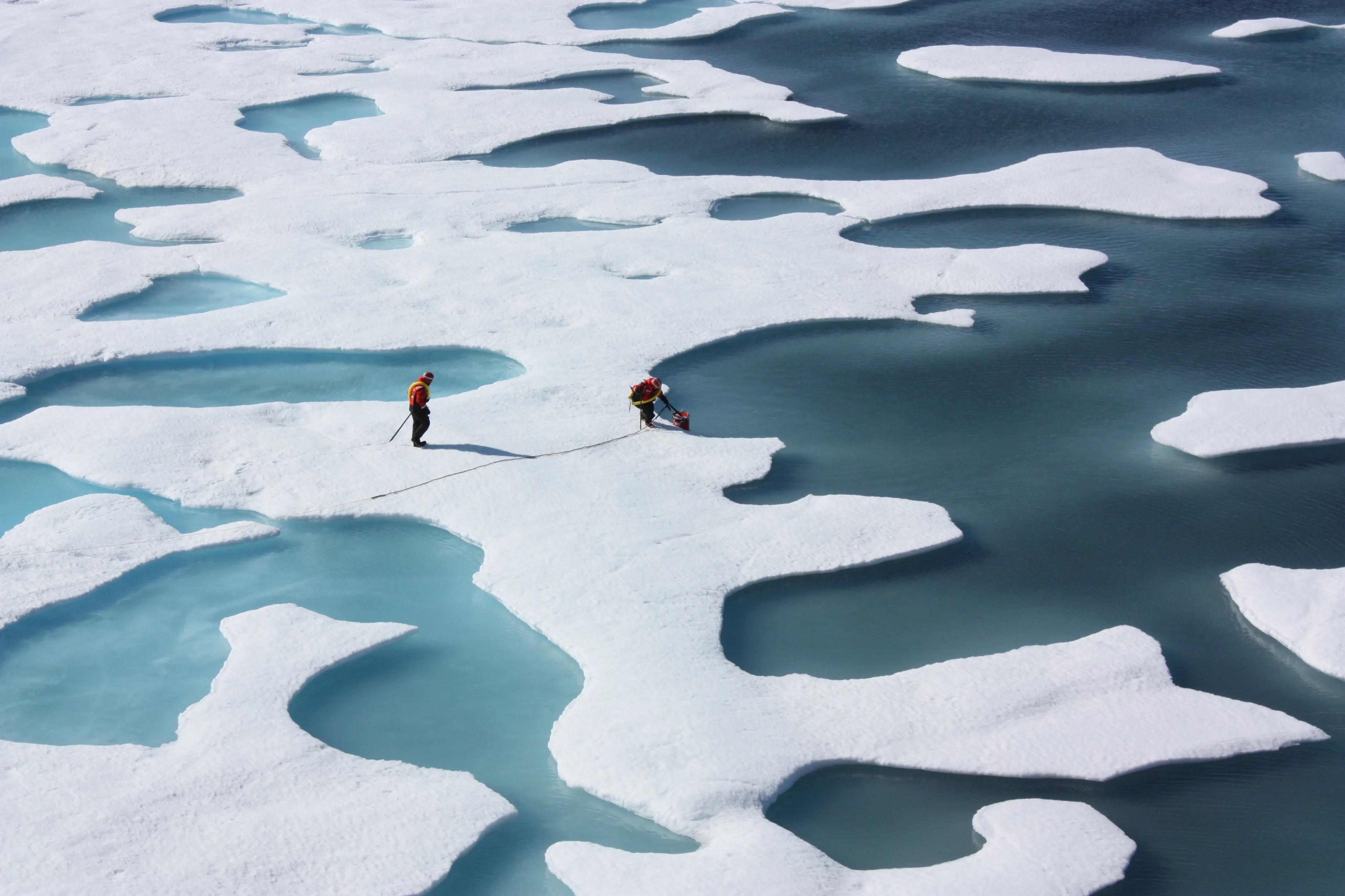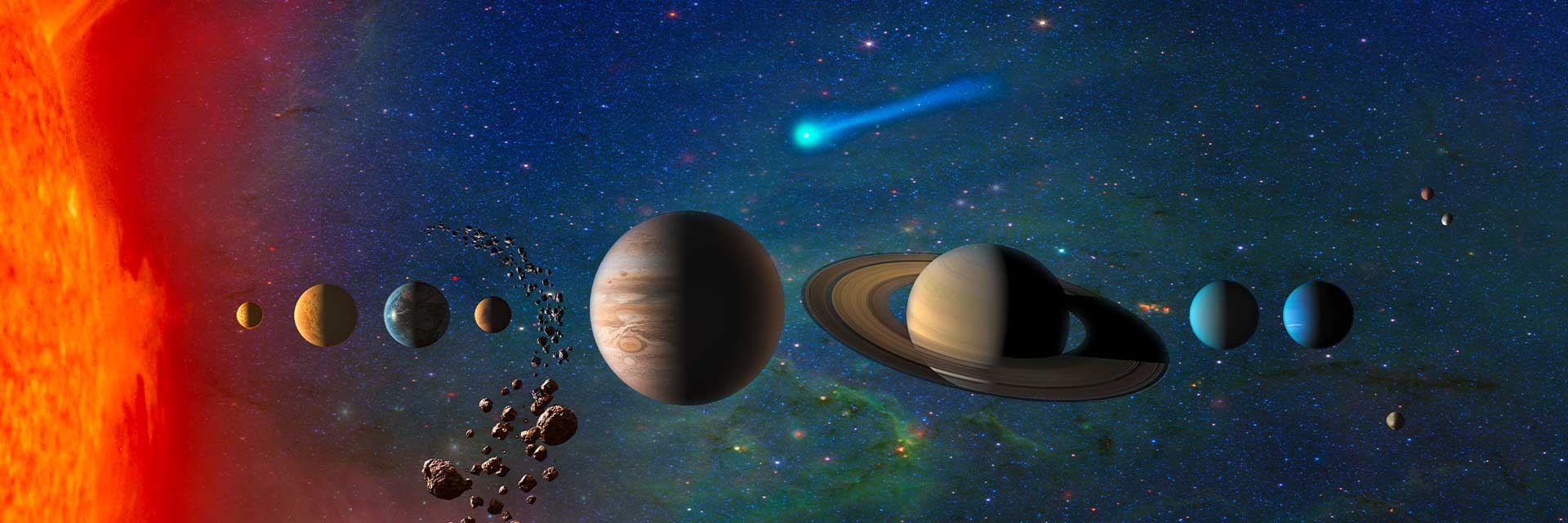Meet the citizen scientists
What's Up: January 2025 Skywatching Tips from NASA
Each evening this month, enjoy a sweeping view of four bright planets at once. Also look for a close approach of Venus and Saturn, Mars occulted by the Moon, and meteors!
More December Skywatching TipsInspire Learning
The Science Activation Program offers resources for learners of all ages to engage with NASA science
Through a cooperative network of competitively selected teams across the Nation learners of all ages can connect with NASA science experts, real content, and experiences. Together we can gain a deeper understanding of our world and beyond.
Read More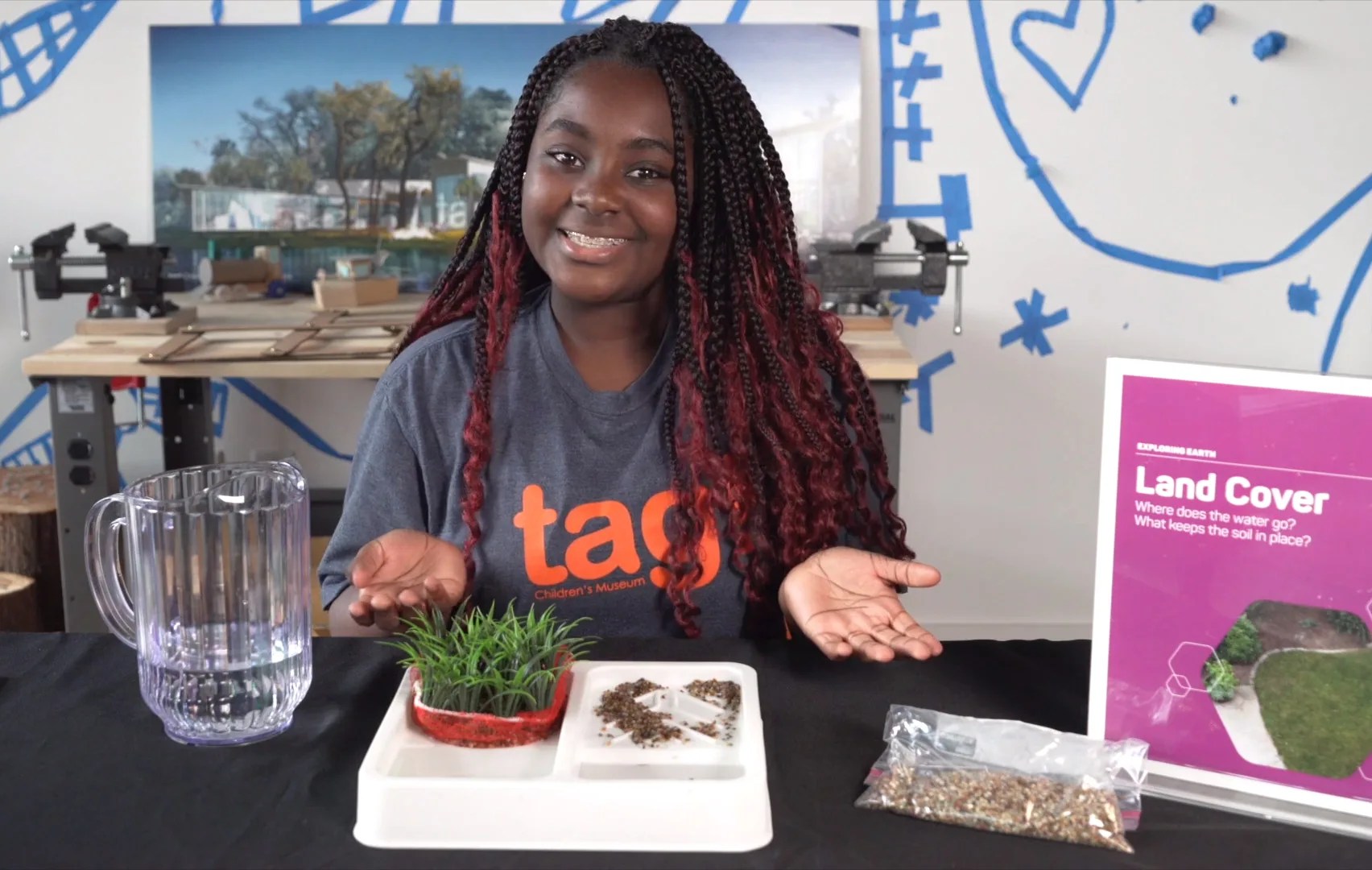
Do Science with NASA
Want to work on some real NASA science? These projects are open to everyone around the world
NASA’s citizen science projects are collaborations between scientists and interested members of the public. Through these collaborations, volunteers (known as citizen scientists) have helped make thousands of important scientific discoveries. More than 410 NASA citizen scientists have been named as co-authors on refereed scientific publications.
Read More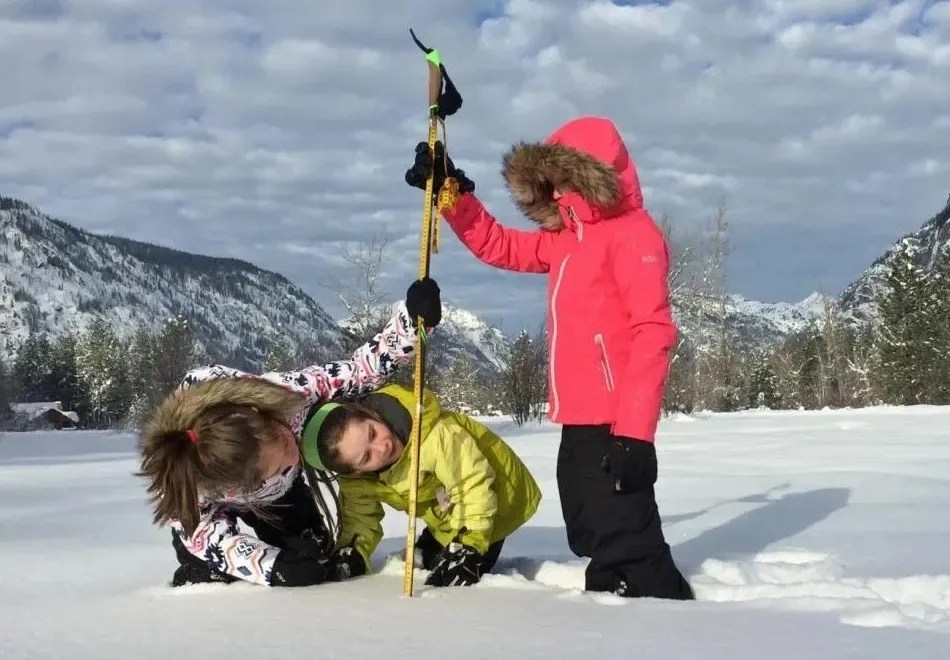
Sky Watching Tips from NASA
Learn about what you can see in the sky now
Deepen your personal connection to the amazing places NASA explores. Find skywatching tips and guides you can use right now, resources for connecting with others, and upcoming events to look up for, plus ways to explore right from your device.
Read More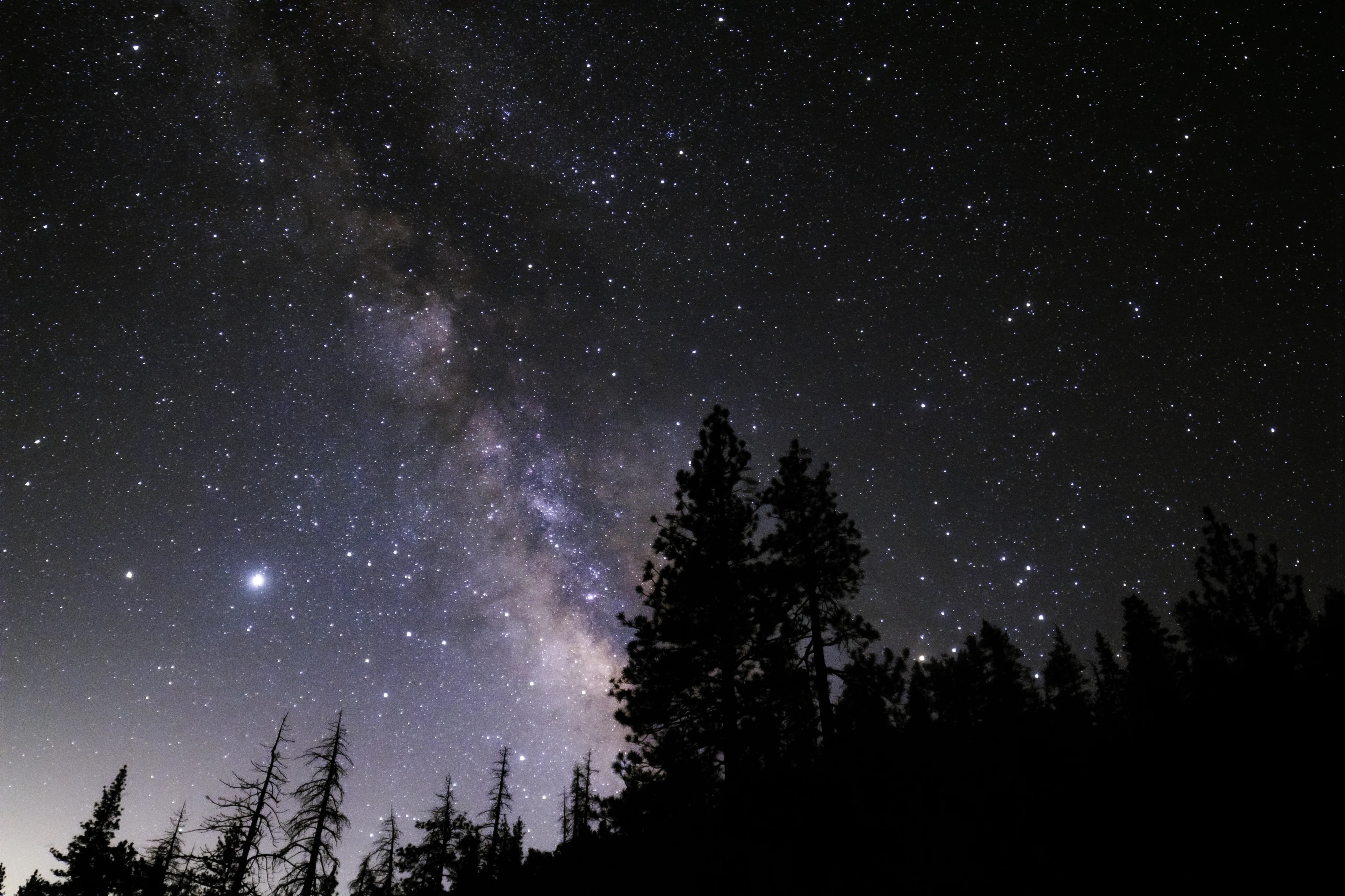
Earth and Space Science for Kids!
NASA Kids Science is coming soon!
NASA Kids Science is currently in development! It will be the home of all NASA Science games, videos, articles, and activities for kids. Stay tuned for more information! Until then, explore the current selection of fun NASA Science websites for kids.
Read More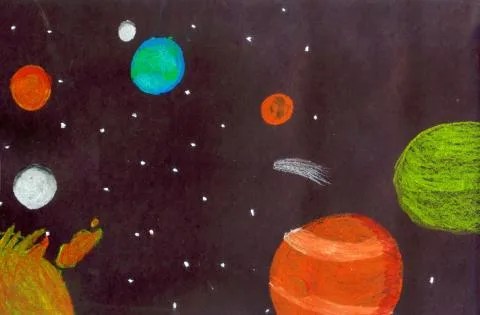
Explore NASA Opportunities
NASA offers a variety of programs for high school students through professionals
Find programs and scholarships for undergraduate and graduate students, internships for high school and college students, post-doctoral fellowships, special programs for early career researchers, faculty members, and senior scientists.
Read More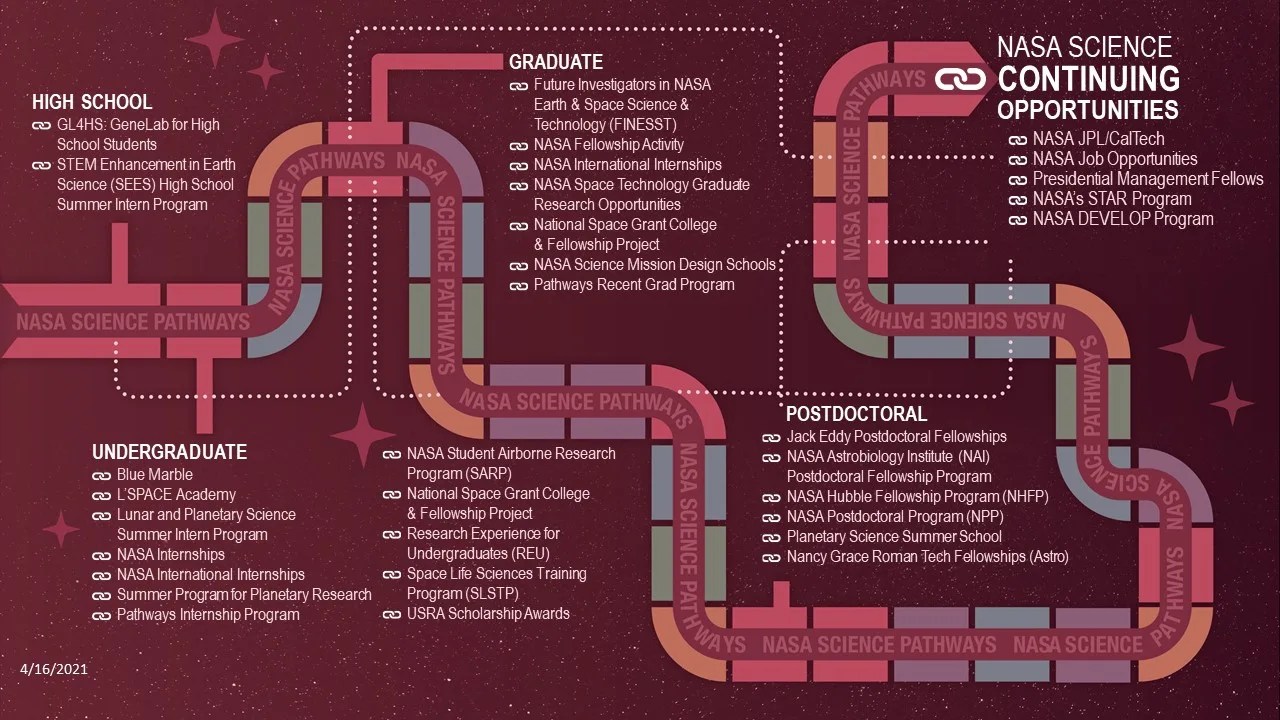
Power to Explore Student Challenge 2025
The annual NASA writing challenge invites K-12th grade students in the United States to learn about Radioisotope Power Systems (RPS), a type of nuclear “battery” integral to many of NASA’s far-reaching space missions, and then dream up a totally new RPS-powered mission to any moon in our solar system.
Learn how to participateJanuary Image from our 2025 NASA Science Calendar
Learn about January's amazing image. Explore related topics, activities, games, and download desktop wallpaper.
Start Exploring
The Art of the Night Sky: Tips for Photographing Stars and Auroras
NASA’s Guide to Finding and Photographing Auroras
Auroras are one of our night sky’s most dramatic spectacles. With modern cameras and smartphones, photographing these beautiful displays is easier than ever. Digital camera sensors are incredibly sensitive and can even allow you to record auroras you can’t see with the naked eye.
Astrophotography With Your Smartphone
Ever dreamed of capturing the Milky Way, a blood-red eclipse, or a colorful nebula? While many astrophotos require time, pricey gear, and travel, anyone can do astrophotography—even with a smartphone. Yes, really!

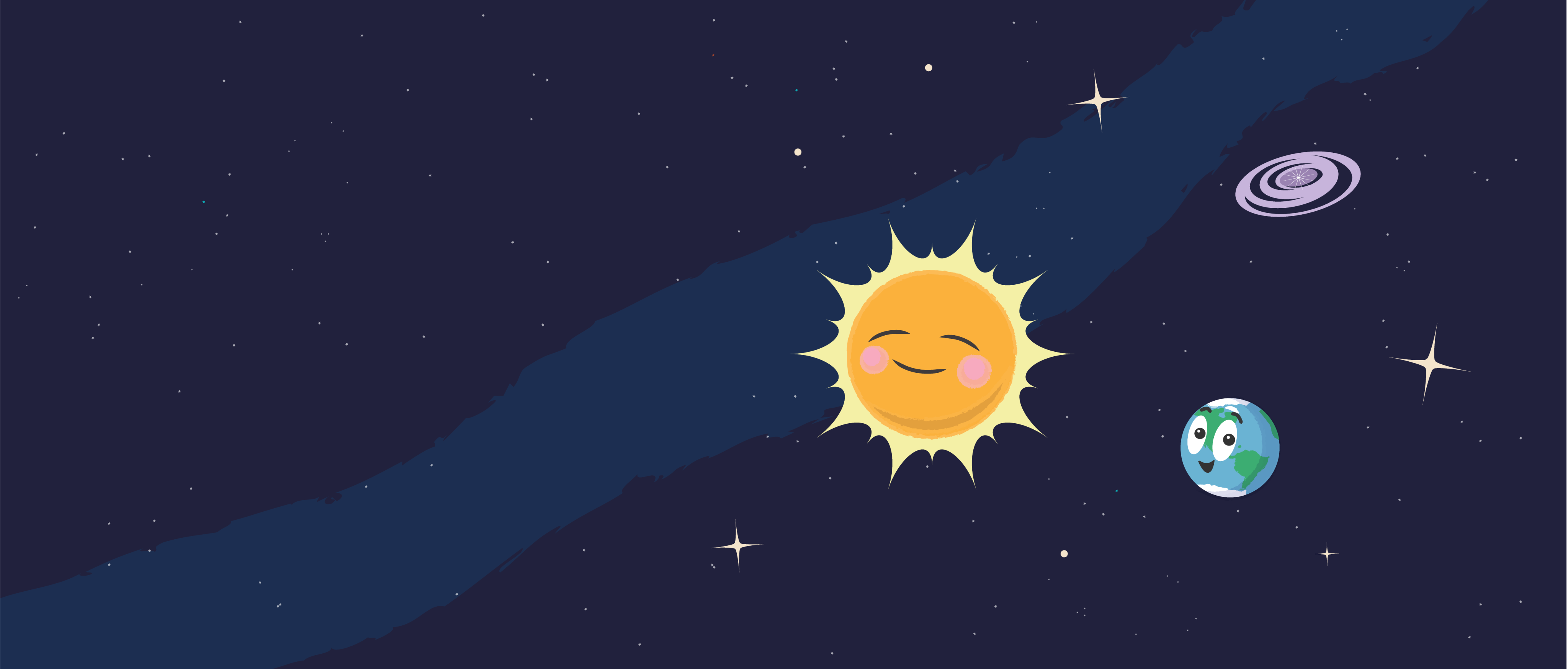
Explore NASA Science 24 by 7
Open Science at NASA
NASA is making a long-term commitment to building an inclusive open science community over the next decade. Open-source science is a commitment to the open sharing of software, data, and knowledge (algorithms, papers, documents, ancillary information) as early as possible in the scientific process.
More about Open Science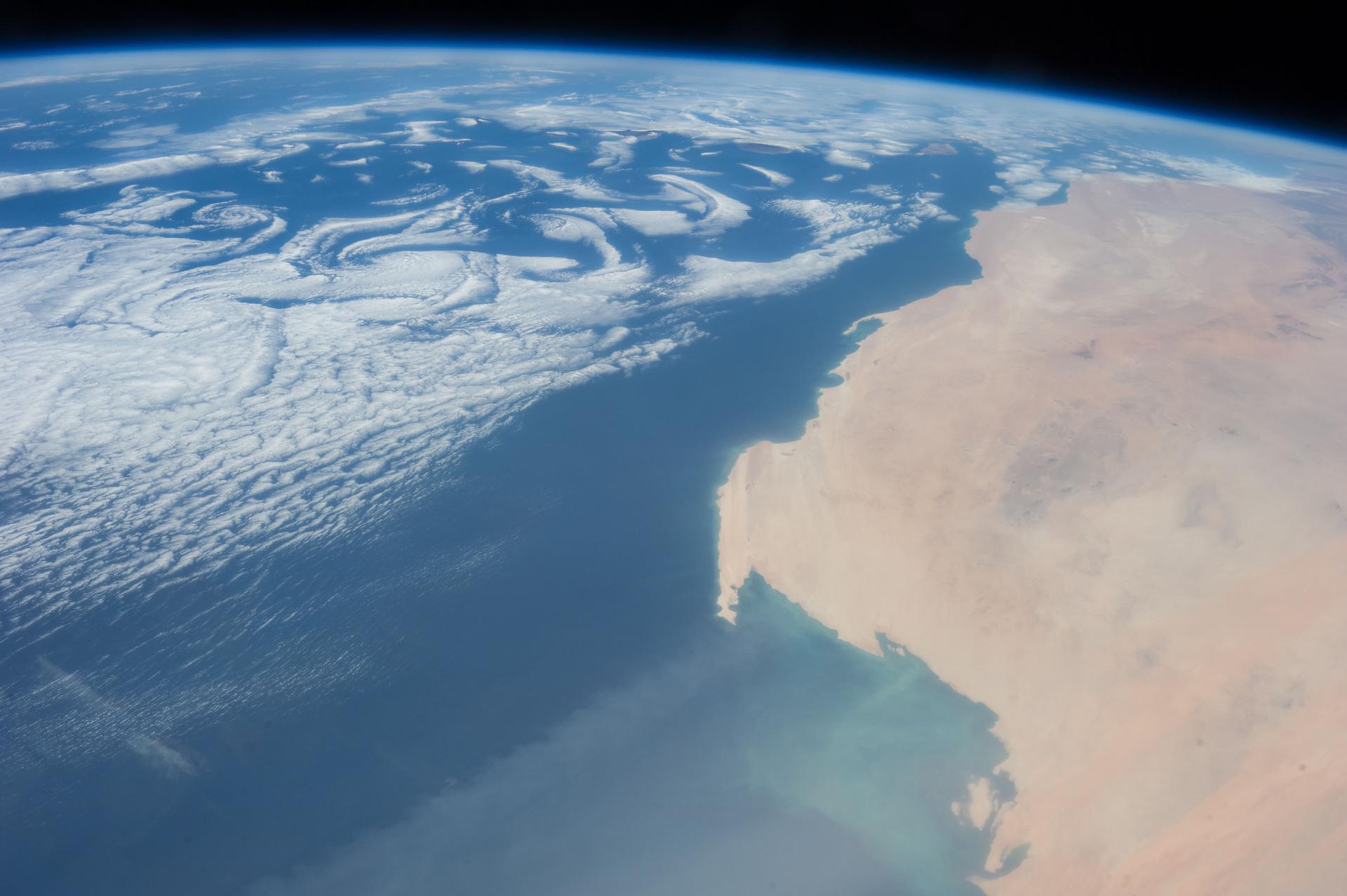
NASA Science Live
From remote locations on Earth to the depths of outer space join the conversation live each month to interact with NASA experts and watch as they reveal the mysteries of our solar system and beyond
Watch episodes
Explore Inspiring Imagery
Science Stories
Ask NASA
There are several options to find answers and ask questions of NASA scientists
Ask a Scientist

